The content of the article
Orchid is an amazingly beautiful home plant with an exotic flower. However, the difficulties of care push many flower lovers away from her breeding. The experience of experienced gardeners and their observation during the cultivation of orchids will help to cope with the most moody variety and ultimately get a healthy flower. They say that the orchid growing in the house brings love to its inhabitants, and in ancient times it was considered a symbol of rebirth. Many will consider a carefully grown orchid a wonderful gift.
What conditions do orchids need to provide?
Today, there are more than thirty thousand species of orchids, but not all of them are suitable for growing at home. For the first orchid in the house, it is better to choose a well-known variety from the flower shop: phalaenopsis, shoes, dendrobium. Regardless of the variety, it is necessary to provide the plant with certain conditions, which include:
- adaptation after purchase;
- lighting;
- watering and fertilizer;
- soil and pots for transplanting;
- temperature and humidity.
For some varieties, the intensity of irrigation or the lighting regime of the room may vary, so it is recommended to find out all the nuances of care before buying a flower. This will help to avoid disappointments in the cultivation of orchids.
Adaptation period
Indoor plants bought in the store are best kept in quarantine for some time. This primarily applies to capricious and demanding orchids, which are very sensitive to moving, changing the environment and conditions of detention.
The quarantine phase for an orchid lasts about two weeks, but it is necessary to judge, first of all, by the state of the flower. It may take a little more or less time. During this period, it is better to put the plant separately from other indoor plants, you can even in a not very light place.
Watering is also better to postpone for a while. Do not be afraid that the plant will die from drought, because the arid soil of orchids tolerate much better than excessively moist soil. When buying a flower in a store, various fertilizers are often added to it. For the period of quarantine, no additional fertilizing is needed and, all the more, protection from pests, which the flower may not have.
Quarantine must exit gradually. First you need to add a little lighting, then you can connect watering. Various fertilizers are introduced last, as late as possible after purchase, so that the plant has time to get used to the new habitat.
Orchid Growth Lighting
For a whimsical plant to bloom, he needs to choose a bright place. The most successful option would be to place an orchid next to the windowsill. A daily dose of solar energy will help the flower to develop properly. Only with lighting, too, you need to be careful.
Direct sunlight is harmful to these plants. Excessive light can cause the leaves of the orchid to simply burn out. Therefore, they do shading. You can use ordinary blinds, which are quite easy to adjust the desired level of illumination, focusing on the state of the flower. If the leaves went down and began to lighten, then you need to add a little light and open the panels.
But many simply put in a double-glazed window, in the area of which orchids will grow, frosted glass. It provides uniform diffused sunlight, which cannot be achieved with blinds. This option is acceptable for sunny regions, where even in winter the sun shines quite brightly.Otherwise, it is better to do with shading overlays made of matte film or a translucent plastic screen.
Inadequate lighting can also lead to negative consequences for the flower. In principle, in winter, the orchid is at rest, flower buds are laid in it and new shoots ripen. In this case, there is enough natural light. But if there is a catastrophic lack of light, then the leaves will gradually turn yellow. Then you need to think about organizing artificial lighting. For these purposes, it is better to use fluorescent lamps.
Temperature conditions
For regular flowering of orchids, it is important to maintain the correct temperature conditions in the room. Then the flower will delight with the good condition of its leaves and beautiful flowers. According to the temperature of maintenance, three types of orchids can be distinguished: thermophilic, preferring the average temperature regime and loving coolness. And in one room it is not recommended to contain flowers with different recommended temperatures.
Heat-loving varieties include phalaenopsis and dendrobium. In summer, the temperature can reach 32 ° C above zero, but it can also be kept at 15-18 ° C, the main thing is that the daily difference does not exceed three degrees. That is, the plant will feel comfortable both at 15 ° and at 32 °, if these thermometer readings are stable throughout the day and night. The cold season is a kind of “hibernation” period for orchids, so the temperature should not exceed 18 ° C.
Medium-temperature plants like cooler air, compared to heat-loving varieties. These include monoglossums and miltonia. In summer, the temperature should not exceed 22 ° C, and in winter it can be from 12 ° C to 15 ° C. Cold-loving orchids include Lelia, Australian dendrobiums and Paphiopedilums. In the wild, they are found in the subtropical climate, highlands. In summer, they need to choose a temperature within 20 ° C, and in winter about 12 ° C.
Most plants purchased at flower shops are heat-loving and medium-temperature plants. That is, the temperature within 22 ° C in the summer and 15 ° C in the winter will be quite comfortable for them. In this case, you need to monitor the indicators of humidity. If different heaters are used to maintain the correct temperature in the room with flowers, then you need to periodically spray water or leave open containers with water.
To maintain the necessary indicators of air humidity (60-80%), special pallets can be used. They lay small drainage stones, for example, gravel. Water is poured into the bottom, and a grate can be placed on top. The bottom of the flower pot should not come in contact with water. In hot weather, orchids should be sprayed a little with clean water from a spray bottle. You also need to periodically ventilate the room with flowers, while avoiding strong drafts.
Proper watering
The watering regime of any orchids is very important for their full growth. As with temperature, each variety has its own preferences in soil moisture. But it is worth noting that all types of these plants do not like stagnation of water, as their roots begin to rot. Therefore, it is better not to zealous in their watering, even in seemingly very hot weather.
Such orchids as phalaenopsis, cymbidium, odontoglossum are more hygrophilous. Their soil should be slightly moist. But the dendrobium and Cattleya prefer that the earth in the pot dries completely between waterings.
The irrigation process and the choice of water are also important. Ideally, melt water is used for watering indoor plants in winter, and rain is defended in summer. The same option is preferable for orchids. But if it has not rained for a long time and the reserves of such water have been exhausted, then you can use ordinary water from wells, also previously defended.Tap water is often too hard to water the flowers and requires additional softening and cleaning.
More intensive watering, in comparison with the usual mode, requires flowers in the phase of active growth and during flowering. But after flowering and winter, orchids practically do not need moisture, because the plants have a resting phase.
The best way to water an orchid can be considered one where the plant itself takes as much moisture as it needs. That is, a flower pot is placed in a container of water for 10-15 minutes. Thus, the natural absorption of moisture occurs. But you can and abundantly water the plant under a warm shower, until water begins to drip from the drainage holes. After any method of watering, the orchid pot is placed on a wire rack so that excess moisture can drain. Thus, stagnation of water and decay of the roots of a sensitive flower can be prevented.
Pot and soil selection
For epiphytic orchid varieties, the soil, as a rule, does not contain the usual land from the garden. For its growth, an extract is collected from wood bark, coal, moss, fibers, coarse sand and granular clay. Such a mixture is able to pass a sufficient amount of air to the roots, and also not to retain moisture around them. Garden ground and shredded dry leaves are already added to the extract for terrestrial orchid varieties.
As a pot, you can use baskets, wicker planters, wire mesh containers. The holes in the trellised pots should be small so that the extract does not wake up. For terrestrial varieties, you can use ordinary plastic pots (preferably transparent) with many drainage holes. And you can hide not too attractive plastic with decorative baskets. If the purchased container has only a couple of holes, then the rest can be done independently.
For a flower grower who has just become acquainted with orchid cultivation, it is better to buy a special extract for your species. For example, if the package says "For Phalaenopsis", you can safely use it for all epiphytic varieties. A mixture for land varieties can be prepared from purchased soil for phalaenopsis by adding garden soil and crushed dry moss to it.
Self-made soil for growing orchids is quite problematic. The necessary components are not always found. And even if a little money is saved, it will take a lot of time to find the ingredients, grind and mix them in the right proportions. An extract of a well-known brand bought in a specialized store or nursery is quite suitable for growing house orchids.
Fertilizer need
Many gardeners believe that the constant and excessive use of fertilizers significantly reduces the immunity of plants. As a result, indoor flowers become too susceptible to various changes in the climate, are exposed to diseases. This is especially true for capricious orchids.
The use of fertilizers is recommended only during the period of active flower growth. Feed plants with better known formulations bought in nurseries. In no case should you use fertilizers that are designed for other colors. Orchids can not stand it and die.
It is better to refuse feeding in general during the dormant period (in winter, after flowering). This can disrupt the phases of active growth and relaxation in the flower. The mixture must be diluted according to the instructions on the package. Feeding should be administered no more than once every two weeks. Orchids can die from the concentration of salts on the roots. Therefore, it is better to alternate weekly watering with mineral fertilizers and ordinary water.
Ideally, a healthy orchid does not need fertilizing at all, and it can take all the substances necessary for its growth from the substrate. But this is provided that the soil has the composition necessary for the flower and the plants are properly watered, the temperature regime is observed and full lighting is installed.It is also necessary to know that the extract should be changed once every two years so that it contains a sufficient amount of mineral substances.
Flower transplant
The need for transplantation is indicated not by the bare root system of the orchid, but by its leafy part that has grown beyond the edge of the pot. Then the flower is really cramped in the pot and requires its transplantation. Do not start the process during the dormant period of the orchid, as the plant may not be able to take in the new soil, because all its vital processes will be suspended.
The best time to transplant can be considered the beginning of a new growth period. That is, the plant has already rested after flowering and is ready to rejoice with the appearance of its charming flower. So it is possible to assert with guarantee that the plant will actively and calmly transfer the transplant.
The new pot should be one or two sizes larger than the previous one. Too large a capacity for planting can lead to moisture being trapped in an excess amount of substrate. The flower must be carefully removed from the old pot and as much as possible to remove the remains of soil from the root system. Rotten and dried roots should be carefully trimmed, in a new place they have nothing to do.
At the bottom of the new pot, you first need to pour a little new substrate, and only then place the orchid there. From above, you need to fill up a sufficient amount of new soil and gently squeeze it, but do not tamp it. The extract should well fill all the free space between the roots of the flower.
The growth point of the orchid should not be covered with earth after transplanting into a new pot and should be located just below its sides. The soil should be slightly moistened, but not filled with water. After transplanting, it is better for the plant to organize a small quarantine for several days: put it in a dark place and temporarily do not water it.
Before embarking on an independent cultivation of orchids at home, it is worthwhile to carefully study the issue of the conditions of its maintenance and prepare everything you need in advance. Then you can hope that the flower grows healthy and will regularly delight with its flowering.
Video: orchid care secrets

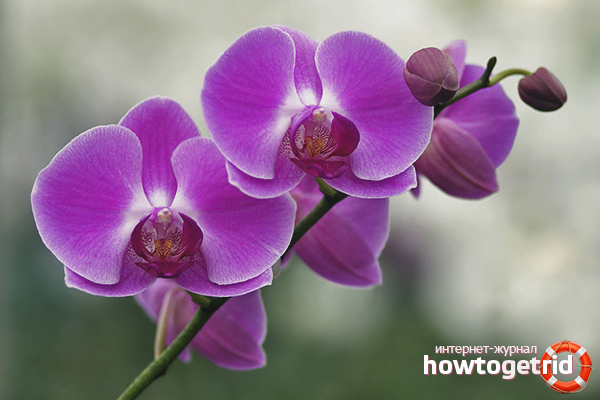
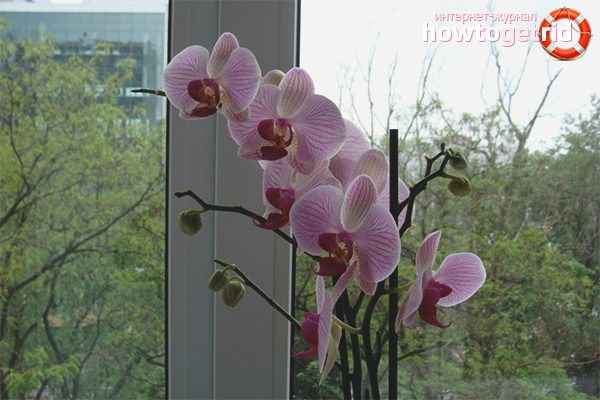
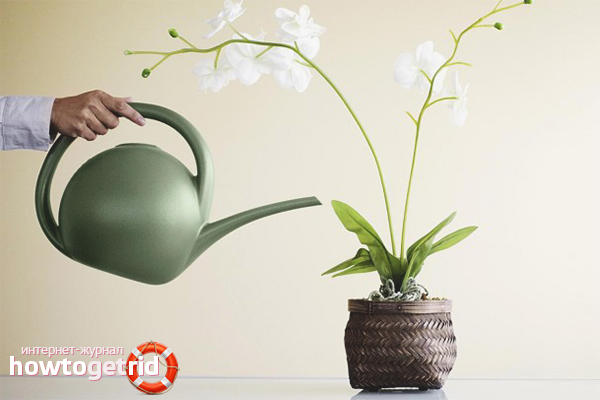
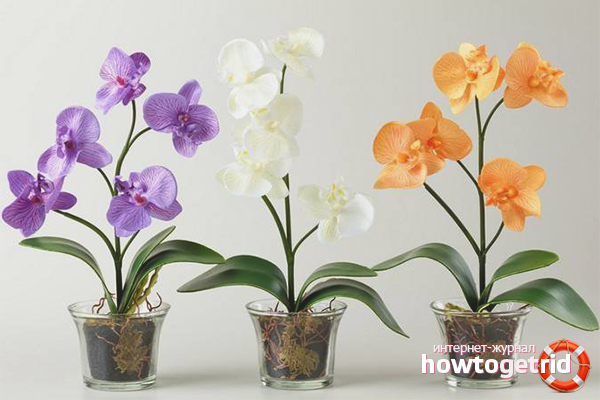
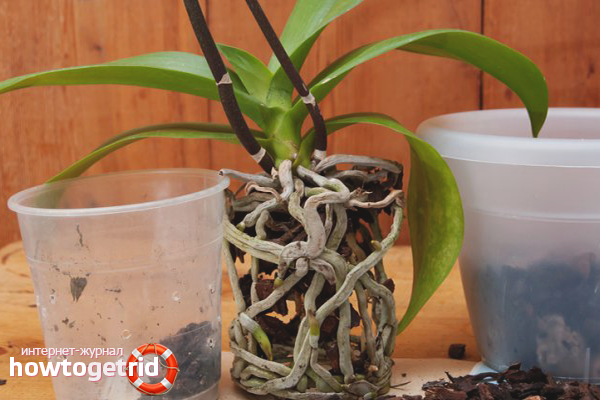


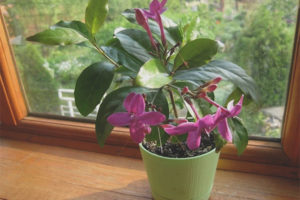



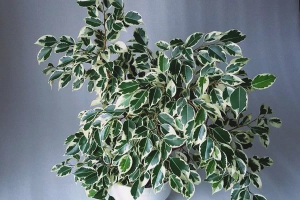

Submit